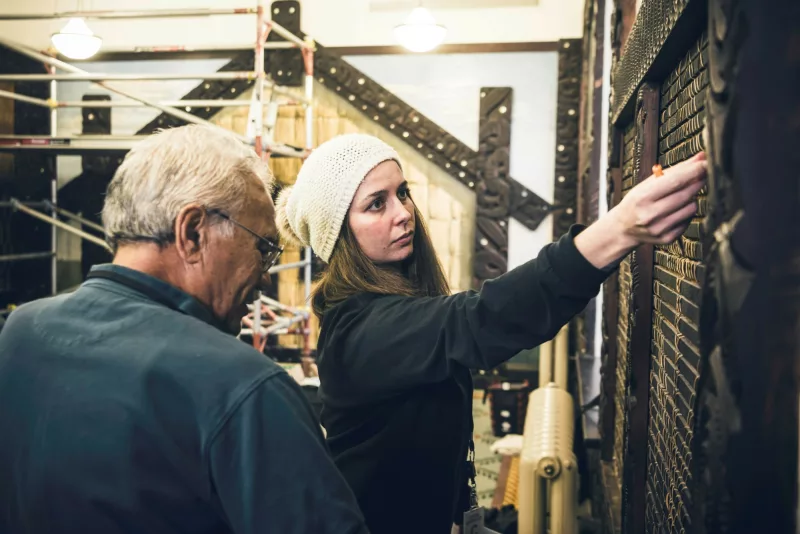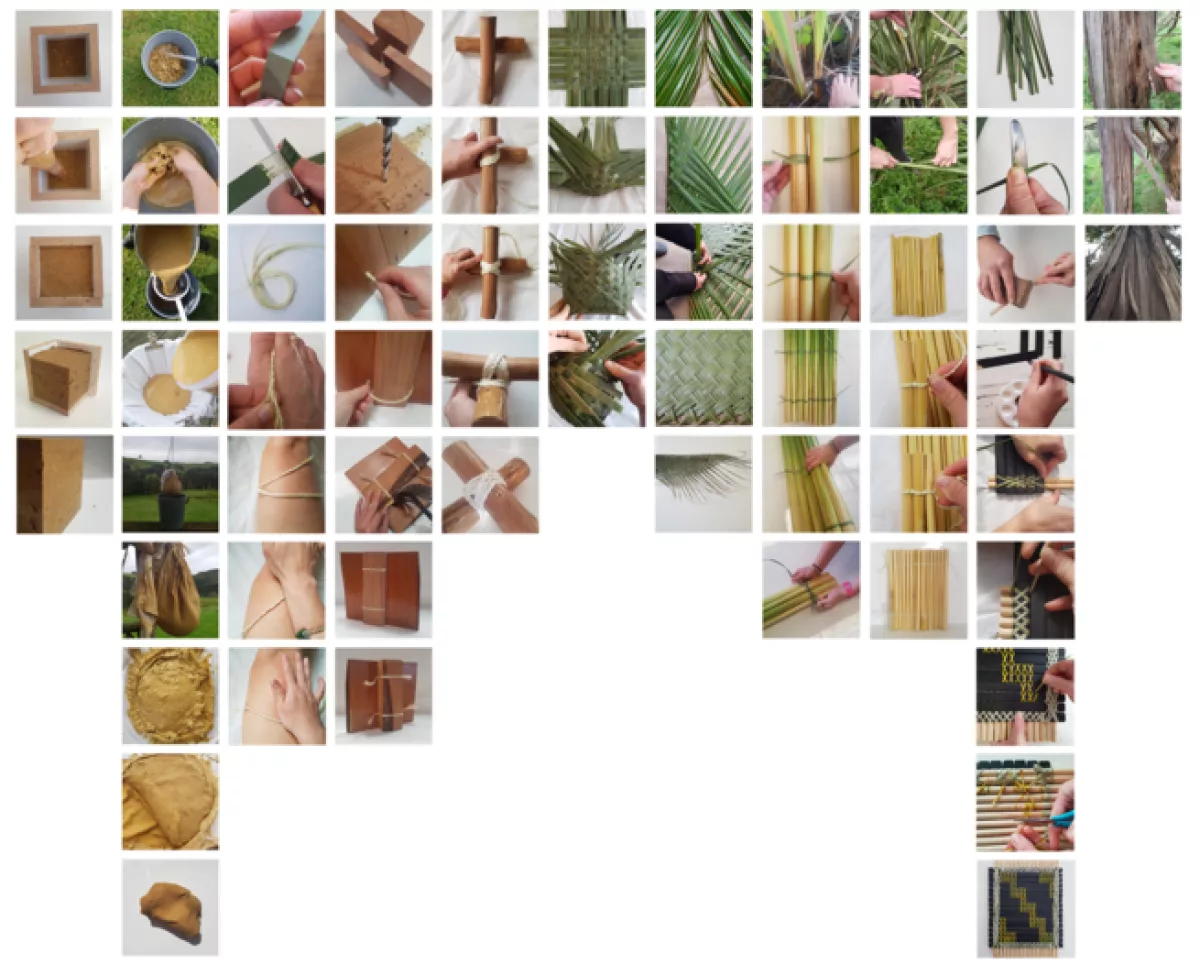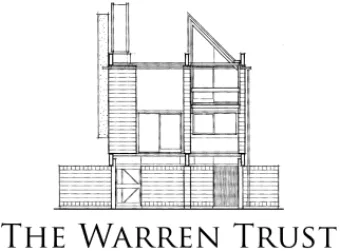
Ko Ngāti Kuia, ko Ngāti Apa ki te Ra Tō, ko Rangitāne o Wairau ōku iwi.
Ko Tutumapou tōku maunga.
Ko Te Hora tōku marae.
Ko Te Hoiere tōku awa.
Ko Te Hoiere te waka.
Ko Kaikaiawaro tōku kaitiaki.
Ko Matua Houtere tōku tīpuna.
Ko Jasmine tāku ingoa
Ko Tutumapou tōku maunga.
Ko Te Hora tōku marae.
Ko Te Hoiere tōku awa.
Ko Te Hoiere te waka.
Ko Kaikaiawaro tōku kaitiaki.
Ko Matua Houtere tōku tīpuna.
Ko Jasmine tāku ingoa
Showcase
Taonga o te Whenua
In Aotearoa (New Zealand), there is a common Māori narrative of loss of culture, knowledge and land, causing generations of indigenous dysphoria, as a result of colonisation. This process diminished one of the fundamental and important parts of this culture—their architecture. Though the Western world admired the “exoticness” of these structures, it was also the governing infrastructure that aimed to undermine all Māori building typologies and ways of living. The contemporary buildings of Aotearoa reflects a primarily Westernised world, lacking any acknowledgement of the pre-colonial architecture that was shaped by the whenua (land and its natural resources).
Responding to this context, this thesis aimed to explore how the combined application of customary Māori building materials and techniques can have a decolonising and restorative influence within modern-day architecture. Using the methodologies of research, fabrication and translation, this thesis developed a whenua-based design palette. This process investigates the potential influence of using Māori materials and techniques in architecture, whether in their current state as a restorative method, or through the means of abstraction in contemporary design.
Responding to this context, this thesis aimed to explore how the combined application of customary Māori building materials and techniques can have a decolonising and restorative influence within modern-day architecture. Using the methodologies of research, fabrication and translation, this thesis developed a whenua-based design palette. This process investigates the potential influence of using Māori materials and techniques in architecture, whether in their current state as a restorative method, or through the means of abstraction in contemporary design.
Year of Completition
2020
Type
Master of Architecture (prof) and Heritage Conservation Thesis
Role
Student













